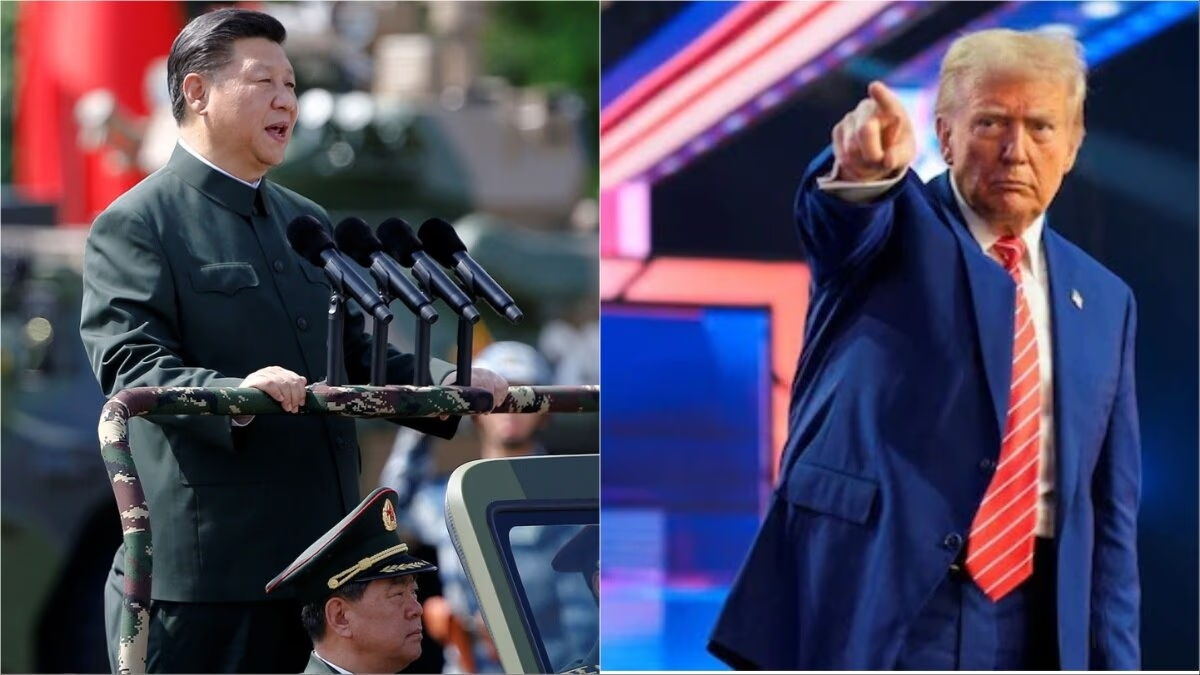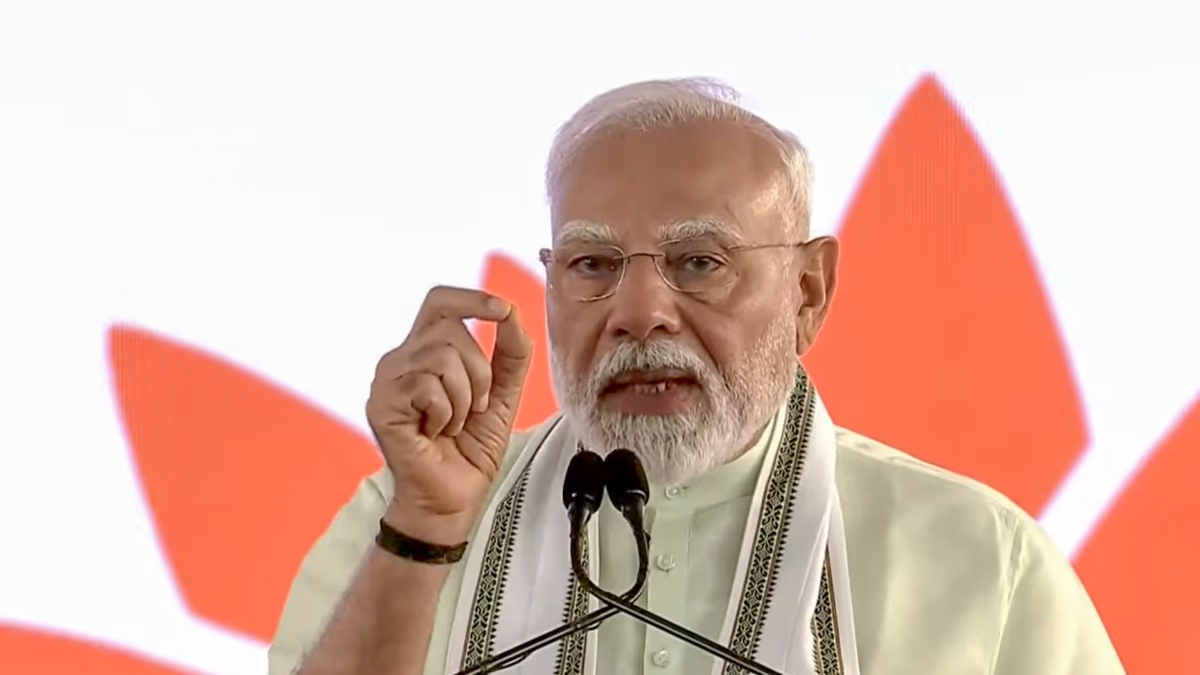U.S. President Donald Trump firmly stands his ground in the tariff conflict with China, refusing to retreat. While people protest his trade policies across American streets, markets plummet in Japan and Korea, and the British PM speaks against globalization, Trump makes it clear—there will be no deal until the trade deficit with China is resolved.
It's important to note that the U.S. and China are the world’s largest economies with massive trade volumes. According to 2023 data, the trade volume—combining exports and imports—between them amounted to nearly 657 billion U.S. dollars.
As we approach 2024 and 2025, these figures are in flux due to changing tariffs and trade policies, possibly showing a decline.
Trump declared, "We must tackle the trade deficit with China. It totals a trillion dollars; annually, we lose hundreds of billions to China. Until it’s rectified, no deals will be made," he insisted. "I’m ready to strike a deal, but they need to address their surplus."
Trade Surplus Favors China
Historically, the U.S.-China trade balance has favored China. According to the U.S. Commerce Department, in 2024, the deficit hit roughly 295.4 billion dollars, indicating the U.S. imported much more from China than it exported.
China is a significant exporter to the U.S., shipping electronics, machinery, textiles, and consumer goods, whereas the U.S. primarily sends soybeans, aircraft, oil, and technology products to China.
During the pandemic, China's trade surplus with the U.S. unfolded as such.
Trump proclaimed the existing trade surplus with China is unsustainable. Addressing the global market downturns, he stated these actions aren't deliberate. Commenting on the future of markets, he couldn't conjecture. He emphasized that remedies, albeit difficult, are sometimes necessary.
The 34% vs. 54% Tariff Saga
Recently, Trump announced an additional 34% tariff on all goods imported from China, following a prior 20% hike, totaling a 54% tariff. Consequently, Chinese goods have become significantly pricier in U.S. markets.
On Friday, China responded, planning to impose a parallel 34% tariff on all U.S. imports starting April 10.
This duel in tariffs has led to declining stock markets in China, Japan, and Korea, escalating trade tensions between the world's two leading economies.
Trump voiced on social media, "We face massive financial deficits with China, the EU, and others. Tariffs are the solution, now bringing substantial revenue to the U.S. They're effective and beneficial. One day people will realize tariffs are exceptionally advantageous for the U.S."
Following his tariff announcement, China’s State Council Tariff Commission responded, saying, "The U.S. actions don’t align with international trade rules, severely undermining China's legitimate rights and interests, reflecting unilateral coercion."
The tariff increases imposed by Trump have also affected American consumers. The rise in tariff rates results in higher prices for electronics, clothing, and other imports for American shoppers. While sectors like steel and aluminum have benefited due to pricier imports, industries reliant on Chinese components, such as automotive and tech, are experiencing higher costs.




